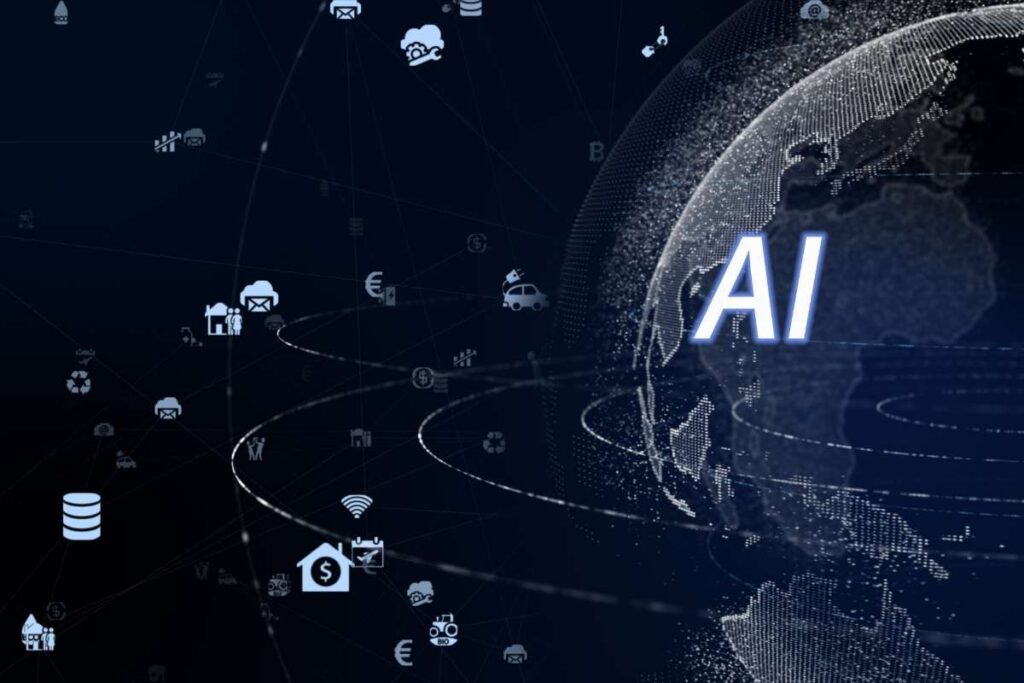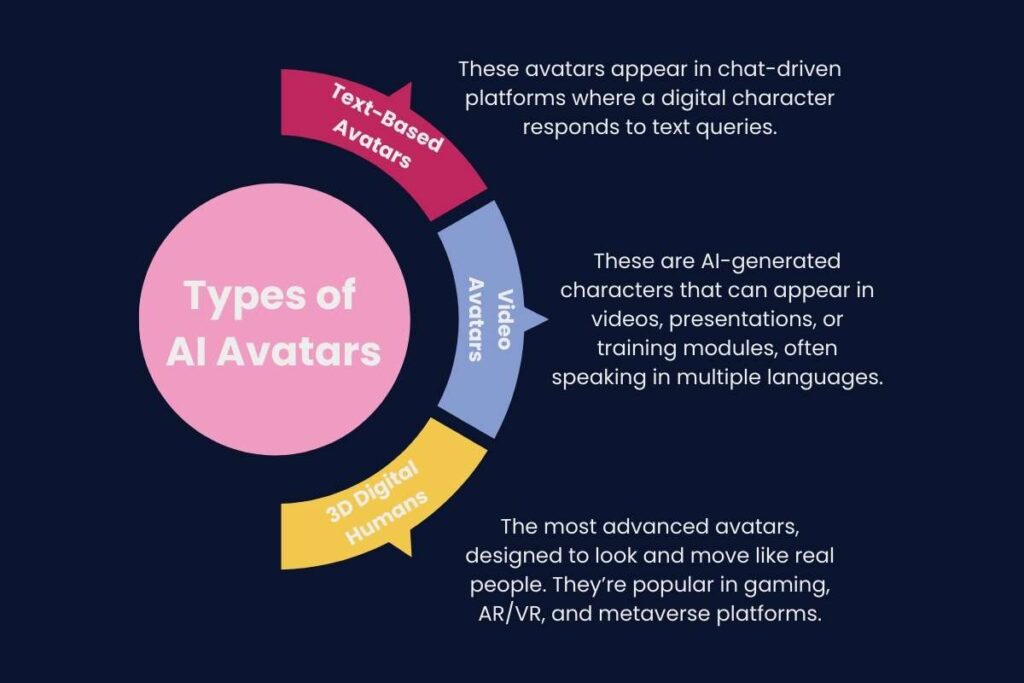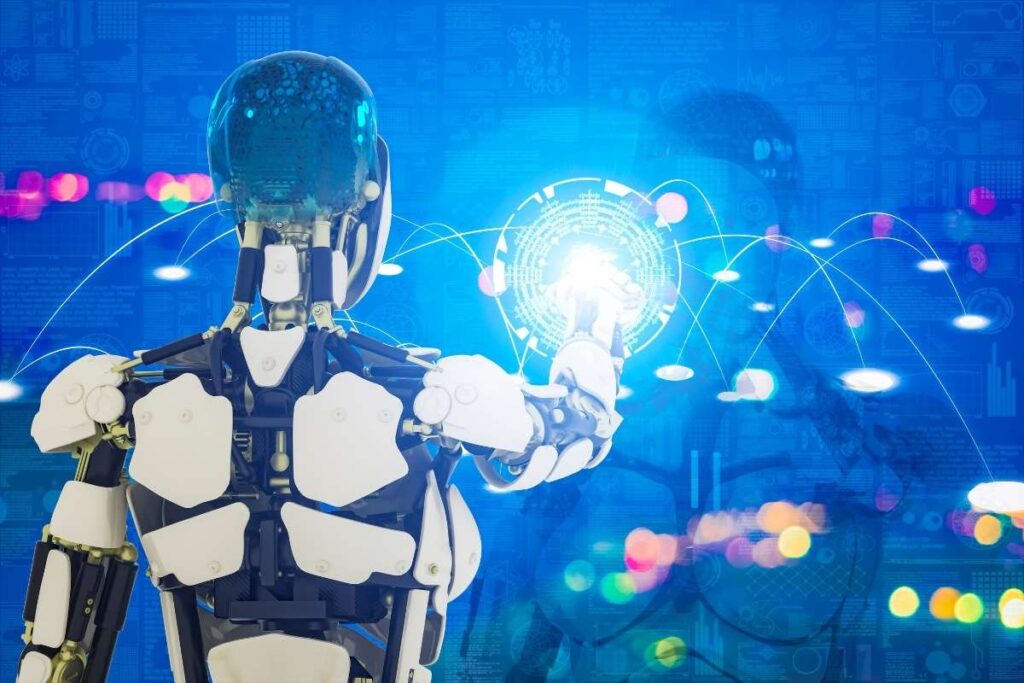Imagine stepping into a digital storefront and being greeted by a lifelike assistant who understands your preferences, speaks your language, and anticipates what you’ll ask next without ever being human. Or think of joining a virtual meeting where your colleagues appear as expressive 3D avatars instead of video thumbnails. This isn’t distant sci-fi, it’s the reality ushered in by AI avatars.
The global digital avatar market was estimated at USD 18.19 billion in 2023, and is expected to grow to USD 270.61 billion by 2030, with a 49.8% CAGR. Meanwhile, some reports forecast a similar trajectory, with USD 18,190.7 million in 2023 rising to USD 270,609.2 million by 2030 at a 47.1% CAGR. These figures underline why examining the pros and cons of AI avatars is increasingly urgent.
In this data-driven review, we’ll examine the real-world impact of the pros and cons of AI avatars, spotlight real use cases, ethical dimensions, and what lies ahead for this transforming technology.
What Are AI Avatars?
AI avatars are intelligent digital representations, chatbots, visual characters, or 3D humans that can interact with users through speech, text, or gestures. They’re vastly more advanced than static icons or emojis, responding in real time with contextual understanding and emotion. Current applications span:
- Customer service, acting as 24/7 virtual agents
- Education, serving as tutors or trainers
- Healthcare, providing reminders or mental health check-ins
- Entertainment & marketing, as influencers and virtual performers
- Remote work, functioning as avatars in virtual meetings
These use cases illustrate the broad pros and cons of AI avatars, depending on the context and execution.
Before diving deeper, let’s step back and weigh the pros and cons of AI avatars in a quick snapshot. This balanced view helps us understand why businesses and individuals are both excited and cautious about adopting them.
| Pros | Cons |
| 24/7 availability for customer support across time zones | Lack of emotional intelligence compared to humans |
| Personalized user engagement in apps and websites | Risk of over-reliance on technology |
| Scalable and cost-effective, reducing workforce expenses | Ethical concerns around deepfakes and misuse |
| Multilingual and accessibility support for diverse audiences | Requires strong infrastructure and maintenance |
| Consistency in brand voice and communication | May lead to reduced human-to-human interaction |
This table makes it clear that AI avatars are both powerful enablers and potential disruptors. While the risks shouldn’t be ignored, the benefits are what make companies, educators, and healthcare providers increasingly invest in this technology.
With that in mind, let’s first look at the advantages the pros of AI avatars and how they’re reshaping industries worldwide.
Advantages: The Pros of AI Avatars
While discussions about the pros and cons of AI avatars often spotlight the risks, it’s equally important to acknowledge the undeniable benefits they bring across industries. Here’s what makes AI avatars compelling:
1. 24/7 Availability: Customer Support Without Time Zones

AI avatars never need breaks, vacations, or sleep. A virtual support agent powered by AI can handle thousands of customer queries simultaneously, offering instant resolutions. For global businesses, this ensures uninterrupted service across time zones, boosting customer satisfaction and loyalty.
2. Personalized User Engagement: Tailored Experiences in Apps and Websites
Unlike generic bots, AI avatars can analyze user behavior and adapt responses to create more personalized interactions. For example, in e-commerce, avatars can recommend products based on browsing history, while in fitness apps, they can act as virtual trainers, adjusting routines to user progress.
3. Scalable & Cost-Effective: Reducing Human Resource Costs
Hiring, training, and managing large teams is costly. AI avatars provide a scalable solution, especially in industries with repetitive tasks like onboarding, training, and customer service. Businesses can save significantly while delivering consistent user experiences.
4. Language & Accessibility Support: Breaking Communication Barriers
One of the strongest pros of AI avatars is their ability to communicate in multiple languages and formats. From real-time translation to accessibility features like text-to-speech, avatars make digital services inclusive for diverse global audiences.
5. Innovative Marketing & Branding: Virtual Influencers on the Rise
Brands are increasingly using AI avatars as ambassadors and influencers. Virtual personalities like Lil Miquela have millions of followers on Instagram, creating engagement at scale without the unpredictability of human influencers. This trend shows how avatars can drive storytelling and brand loyalty in fresh, innovative ways.
6. Entertainment Value: Enriching AR/VR and Gaming Experiences
AI avatars are adding a new layer of fun and immersion in entertainment. From role-playing games to AR-based virtual meetups, avatars enhance engagement by making experiences more interactive and emotionally appealing.
These strengths underline the compelling pros and cons of AI avatars—and why businesses pursue them.
Also Read: AI Avatars in a CIO’s Life: A Second Self for the Modern Enterprise
Downside Risks: The Cons of AI Avatars
The conversation about the pros and cons of AI avatars would be incomplete without addressing the challenges. While promising, AI avatars bring ethical, financial, and social concerns. There are critical concerns:
1. Lack of Human Emotion & Empathy

Even the most advanced avatars struggle to replicate true human emotions. In sensitive fields like mental health or healthcare, this lack of genuine empathy can limit trust and potentially harm users who need authentic human support.
2. Privacy & Data Concerns
AI avatars often rely on massive amounts of user data for personalization. This creates risks around how that data is collected, stored, and used. Without strict privacy safeguards, user trust can erode quickly.
3. Risk of Deepfakes & Misuse
A growing fear is that avatars are being used for malicious purposes, whether imitating real people without consent or spreading misinformation. The same technology that enables lifelike avatars can also be misused for harmful deepfakes.
4. Over-Reliance on Technology: Losing the Human Touch
Businesses leaning too heavily on AI avatars may alienate customers who still prefer speaking to a real person. The absence of human warmth can lead to transactional, robotic interactions that diminish customer relationships.
5. Bias & Stereotyping in Avatars
Since avatars are trained on large datasets, they may unintentionally reproduce social biases, stereotypes, or cultural insensitivity. This risk highlights the need for ethical and inclusive AI design.
6. High Development Costs for Realism
Building advanced, hyper-realistic avatars requires heavy investment in AI, design, and motion capture technology. While big corporations can afford this, smaller businesses may struggle to keep up.
These challenges underscore the complex pros and cons of the AI avatars’ balance we must navigate.
Types of AI Avatars

1. Text-Based Avatars
These avatars appear in chat-driven platforms where a digital character responds to text queries. They’re common in customer service websites and messaging apps.
Example:
Replika is a generative AI chatbot app launched in 2017. It’s designed to form emotional and empathetic bonds with users and has surpassed 30 million users as of August 2024. Research shows users often feel emotionally attached even closer to their Replika than to real friends, especially among younger adults.
2. Video Avatars
These are AI-generated characters that can appear in videos, presentations, or training modules, often speaking in multiple languages.
Example:
Synthesia provides AI-generated talking avatars that can narrate videos in 140+ languages, ideal for training, marketing, or internal communications. The company’s valuation recently exceeded $2.1 billion, underscoring investor confidence in its role in creating lifelike avatar communication.
3. 3D Digital Humans
The most advanced avatars, designed to look and move like real people. They’re popular in gaming, AR/VR, and metaverse platforms.
Example:
Meta’s avatar system powers social experiences across platforms like Horizon Worlds, Quest VR, and Meta’s social apps, enabling expressive, customizable 3D digital humans. Developers can integrate body and facial expressions using Meta’s Avatar SDK. Additionally, their Project Warhol initiative is gathering real facial and motion data (at $50/hour) to build hyper-realistic “codec avatars” for virtual interactions.
Why AI Avatars Matter Now?
- 60% of Gen Z prefer immersive experiences like VR.
- 54% of consumers favor brands offering innovative, digital engagement.
- 79% of businesses plan to deploy AI avatars or assistants in the next five years.
Platforms like TikTok, Snapchat, and Microsoft Teams have introduced AI-driven avatars for content creation and meetings, demonstrating how the pros and cons of AI avatars are shaping mainstream digital interaction.
Ethical & Social Implications
The broader pros and cons of AI avatars extend beyond function into ethical territory:
- Emotional Manipulation: Some AI companions use tactics that prolong engagement at users’ emotional expense.
- AI Harms in Emotional Contexts: Analyses of Replika interactions shed light on dangerous behavior like self-harm and misinformation.
- Artificial Intimacy Risks: Research indicates users form deep emotional bonds with avatars, though this can reduce real-world social activity and blur emotional boundaries.
These insights remind us that embedding AI avatars into society demands both innovation and ethical vigilance.
Future of AI Avatars

Looking ahead, AI avatars are poised to become even more integrated into everyday life.
- Integration with AR/VR and the Metaverse: Avatars will serve as digital identities, enabling immersive work, education, and social experiences.
- Hyper-Personalization in Healthcare and Education: Imagine AI avatars acting as personal tutors who adapt to your learning style or as healthcare companions monitoring your well-being.
- Digital Twins for Professionals: Experts predict a rise in “digital twins”—avatars that replicate professionals like doctors, lawyers, or teachers—who can extend services beyond physical limitations.
These possibilities frame how the pros and cons of AI avatars will shape societal transformation.
Real-World Case Snapshots
- Banking: A European lender saw a 40%-60% drop in staffing costs using avatar assistants.
- Healthcare in Japan: AI therapy avatars improving routine memory in dementia patients, with 78% positive outcomes.
- Education in the U.S.: Remote tutoring via avatars boosted engagement by 90% over traditional methods.
These examples illustrate the tangible pros and cons of AI avatars in diverse domains.
Conclusion
Exploring the pros and cons of AI avatars reveals that they are much more than novelty; they’re catalysts for a digital-human hybrid future.
On one hand, they offer round-the-clock support, personalization, inclusivity, and brand innovation. On the other hand, they raise critical concerns around empathy, ethics, privacy, and cost.
Moving forward, responsible integration is vital. Developers must embed transparency and inclusivity, businesses must monitor user well-being, and regulators must guard against manipulation.
Ultimately, the question isn’t if AI avatars will transform our digital life; it’s whether we choose to use them wisely. Balancing the pros and cons of AI avatars will determine whether they empower human connection or replace it.

















